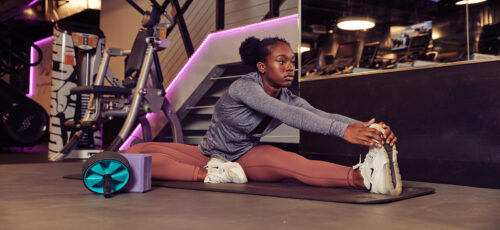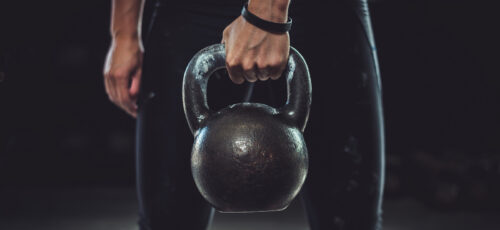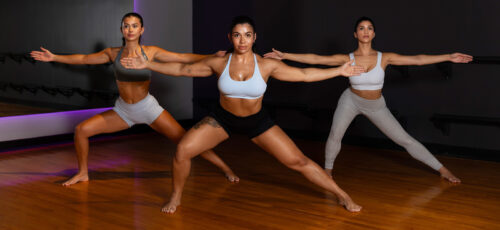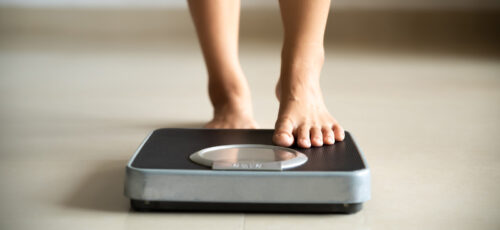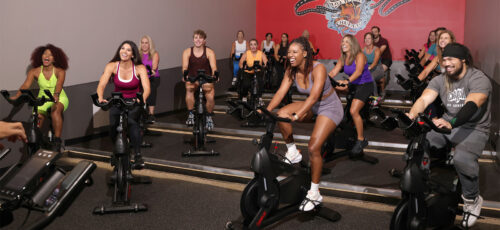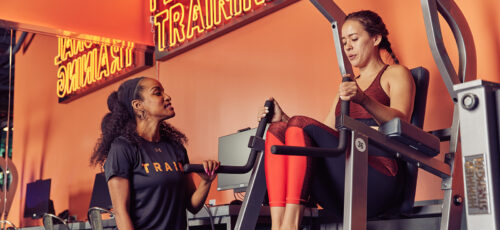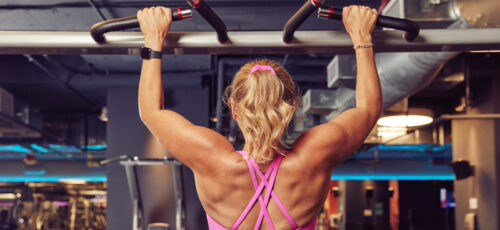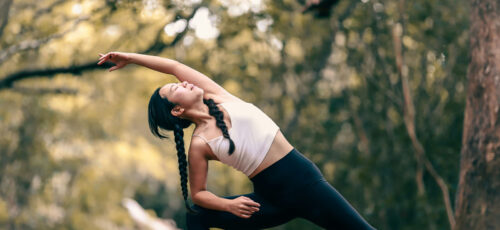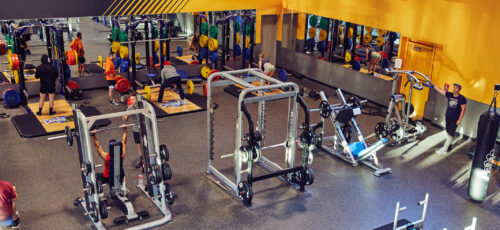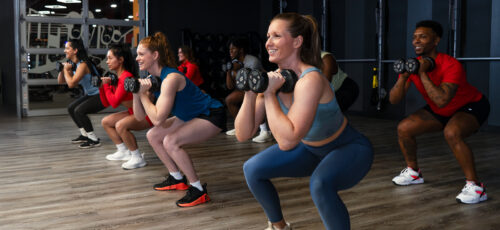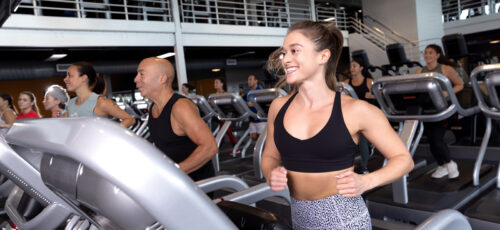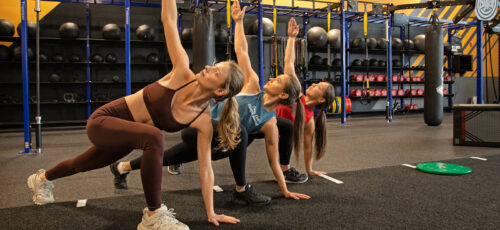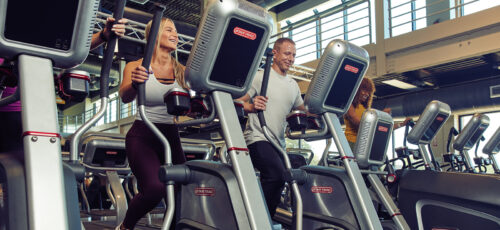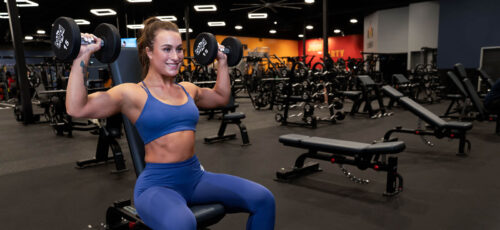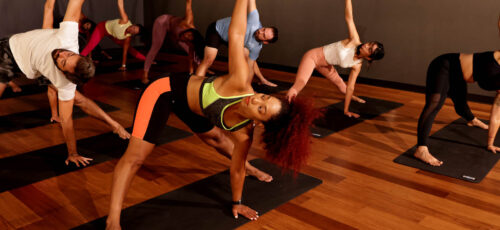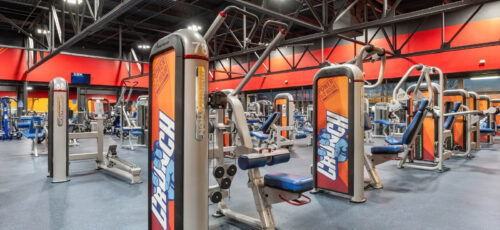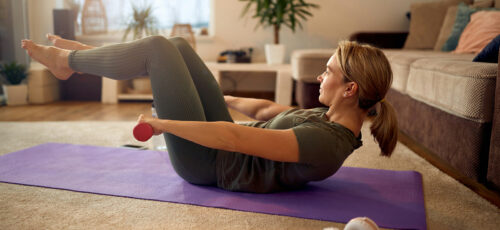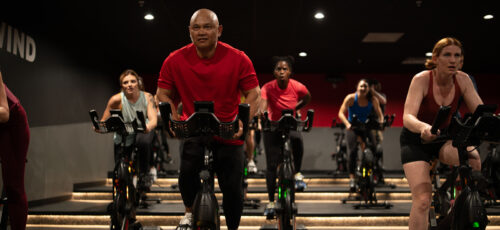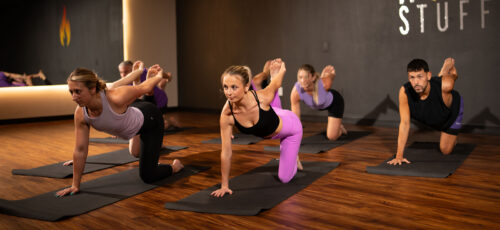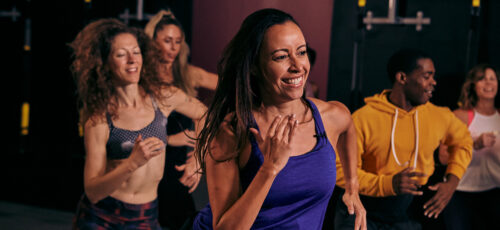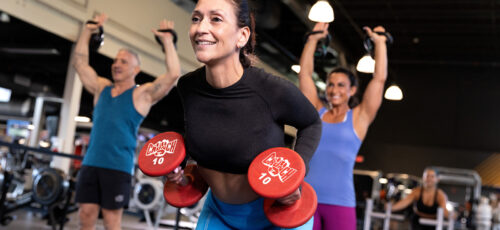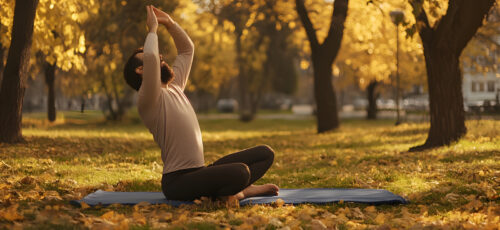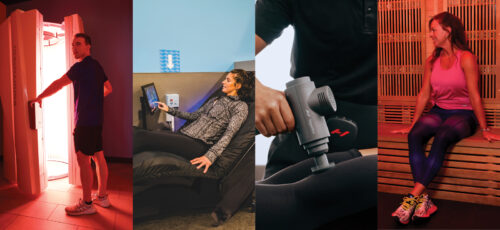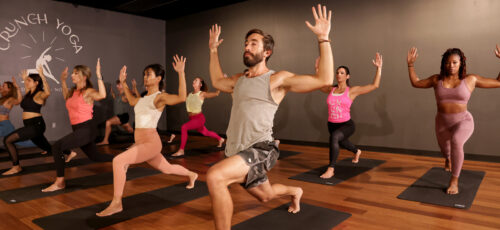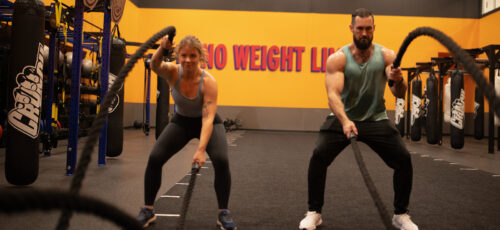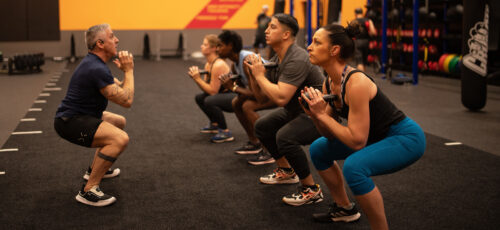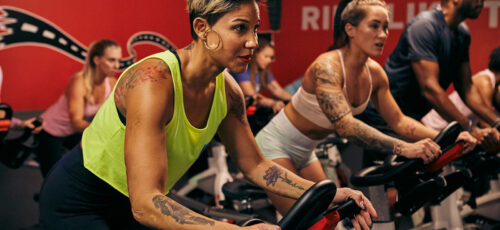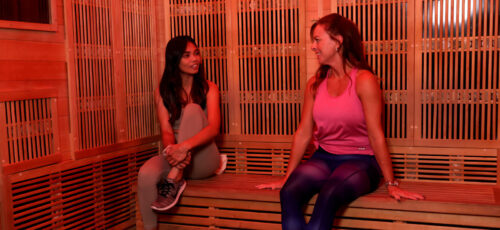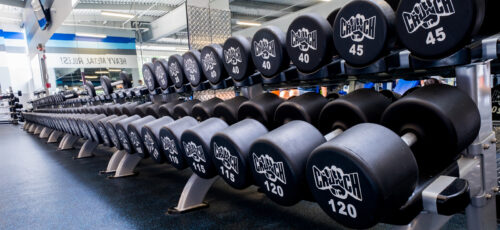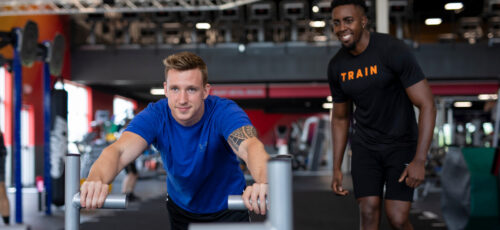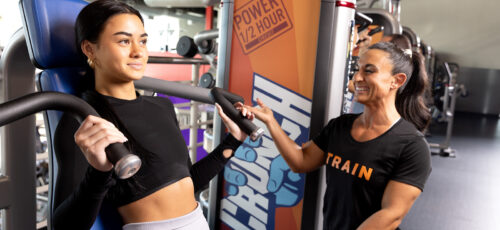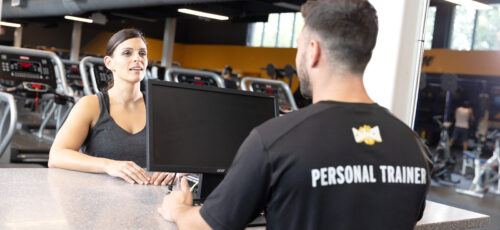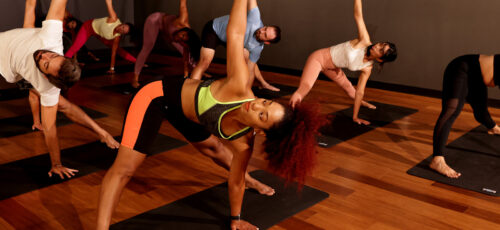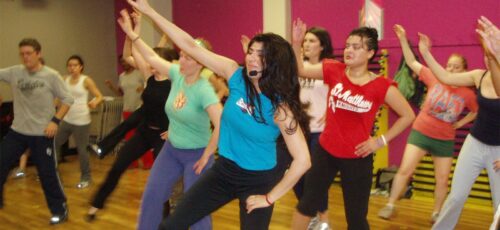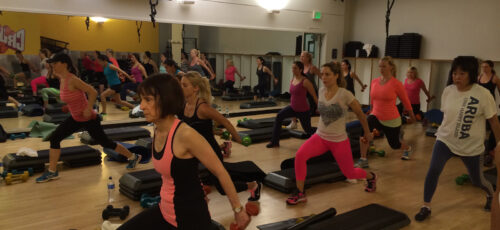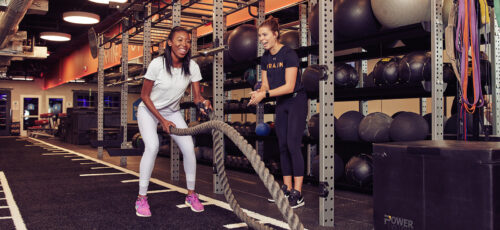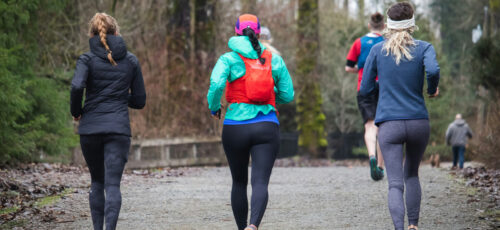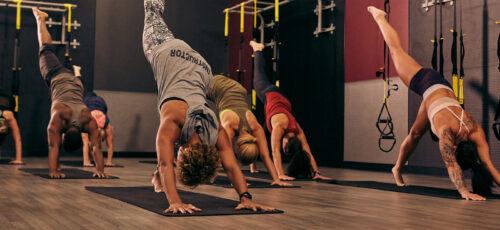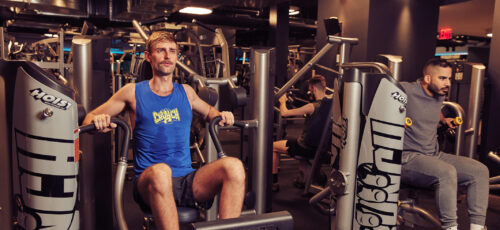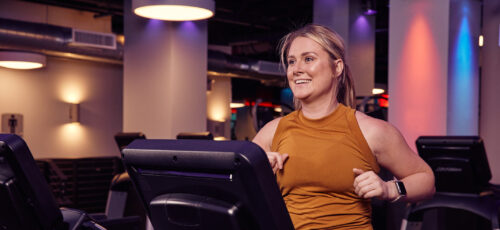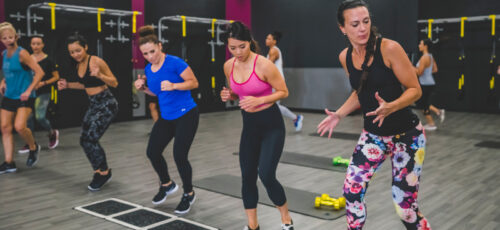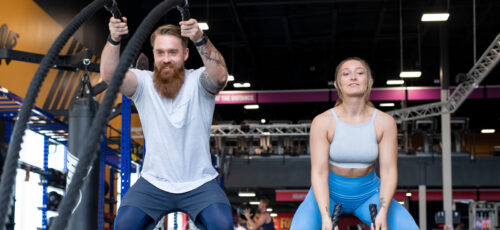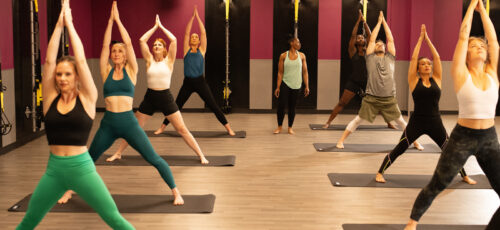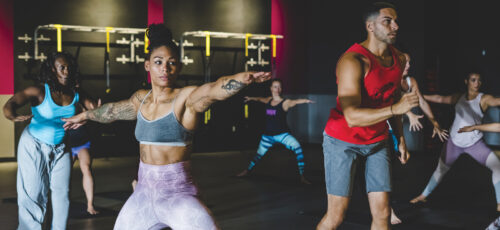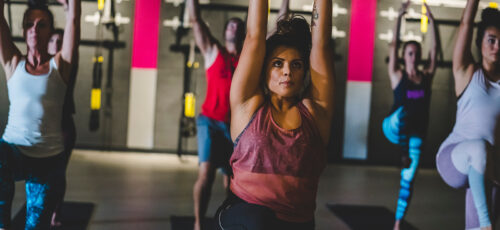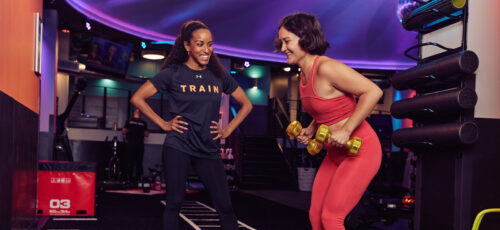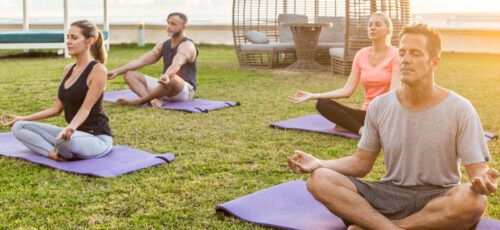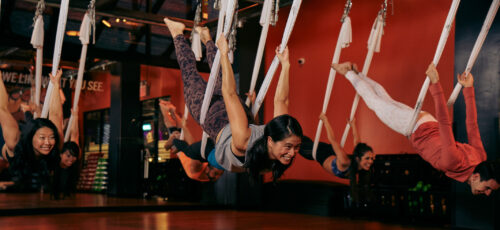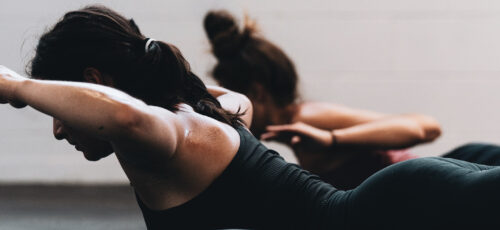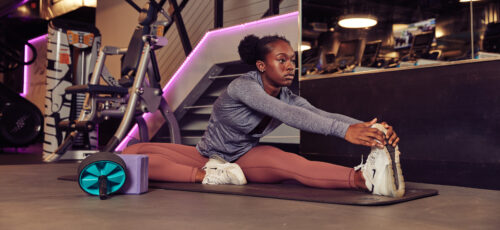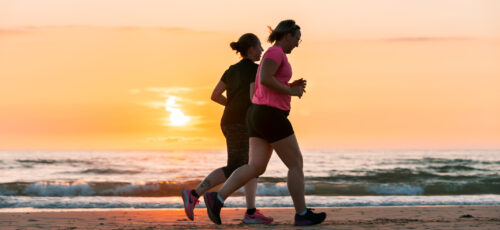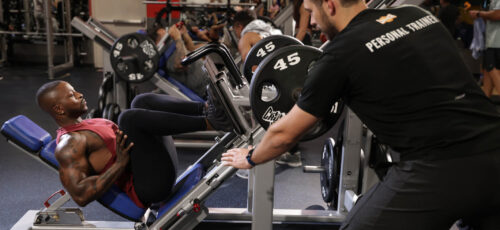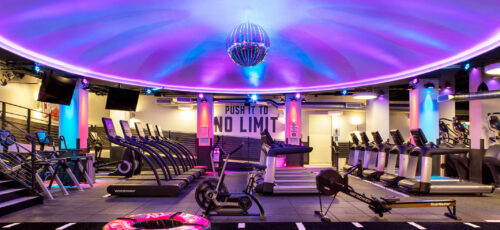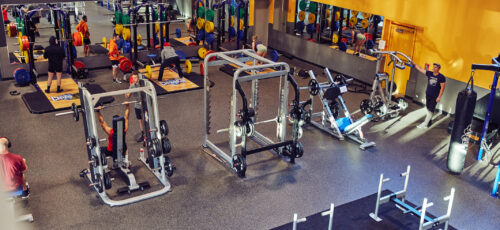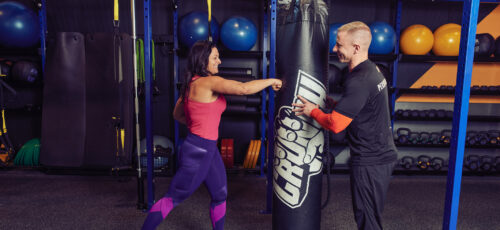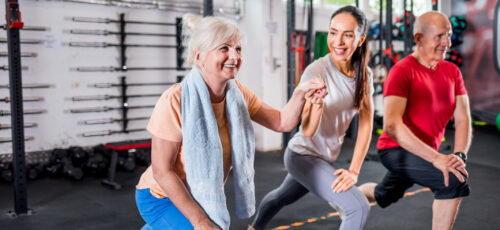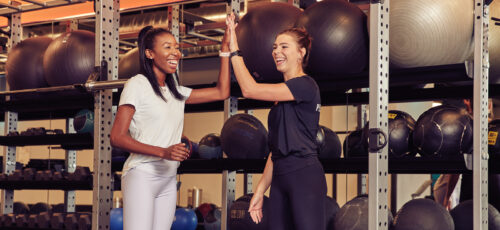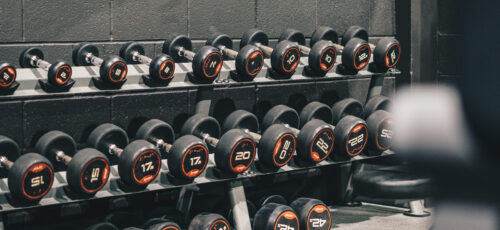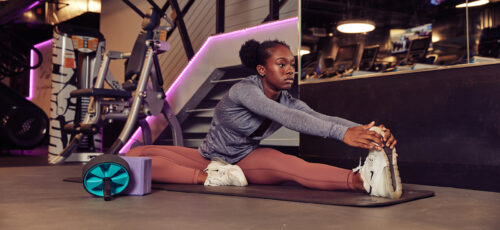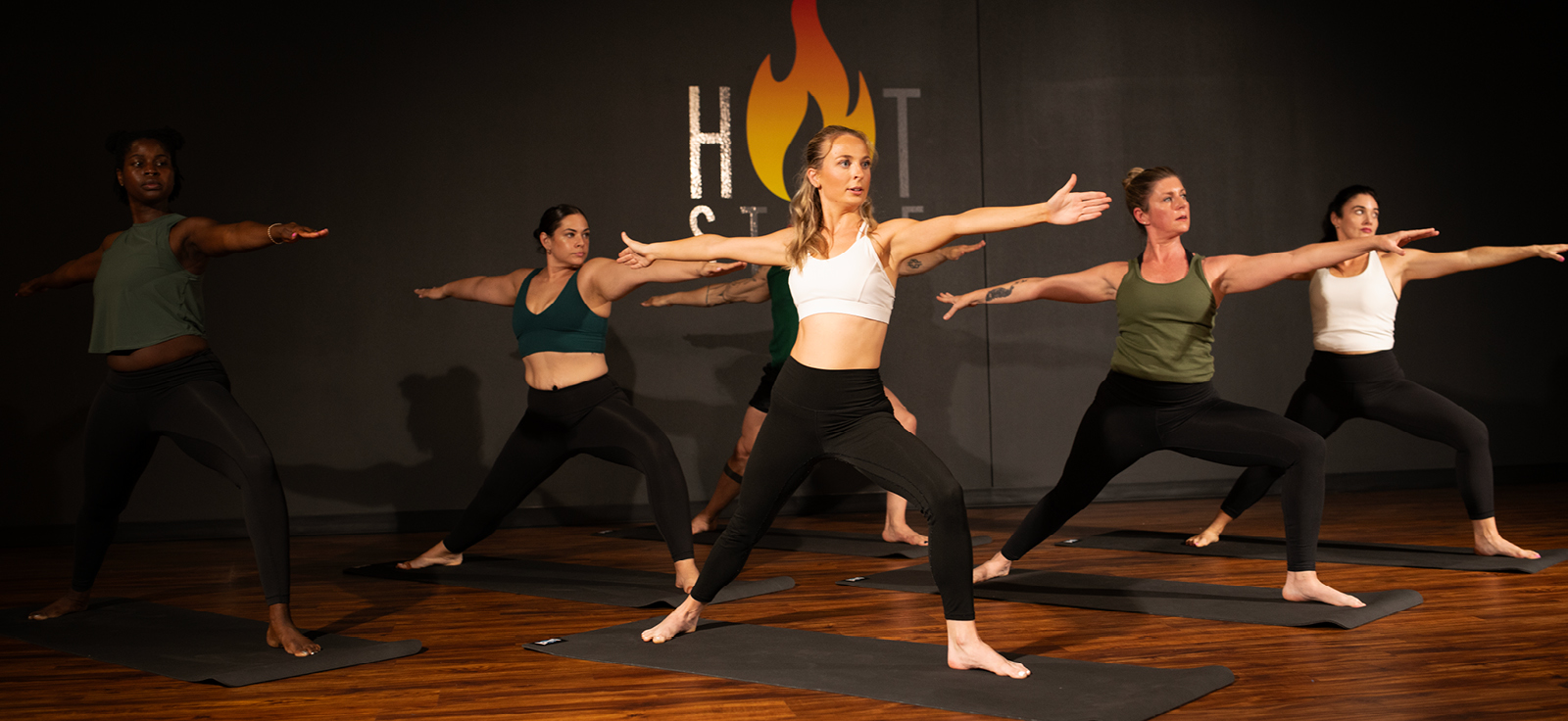
Over 34 million people in the U.S. are devoted to practicing yoga regularly. This centuries-old discipline is revolutionizing modern wellness with its profound physical and spiritual impact.
Recently, hot yoga has become a favored fitness activity. It offers multiple advantages over regular yoga, including reducing back pain, lowering blood pressure, improving memory, boosting flexibility, and more.
With the added heat, hot yoga intensifies the workout, providing a more significant challenge for your heart, lungs, and muscles.
Imagine stepping into a warm studio, rolling out your yoga mat, and feeling your body heat up as you flow through poses. This is the unique experience of a hot yoga class, which offers an intensified version of traditional yoga. But this practice may only be suitable for some.
Before you start hot yoga, take some time to learn about its great benefits, potential risks, and safety tips. This knowledge will help you have a safe and enjoyable experience!
Are you ready to delve into the world of hot yoga?
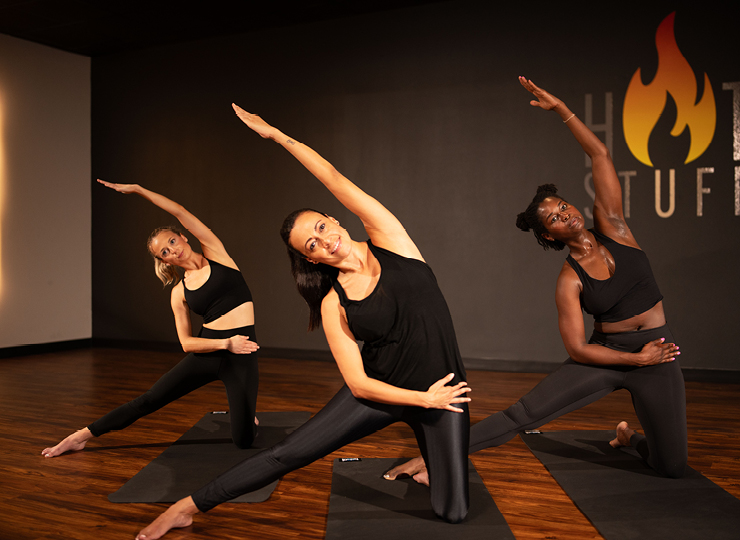
What is Hot Yoga?
Hot yoga evolved from traditional yoga. People practice in a controlled, heated, and humid environment. This method requires specialized equipment, such as radiant heating panels or space heaters, to achieve the ideal temperature for maximum sweating during an intense workout.
The original form of hot yoga, known as Bikram Yoga, was created by Bikram Choudhury in the 1970s. This style consists of 26 poses and a sequence of two breathing exercises performed in a room heated to 105 degrees Fahrenheit with 40 percent humidity.
Hot yoga forces heat and physical effort to help release toxins through sweat. Unlike Bikram Yoga, it is less rigid with temperature and humidity settings. The postures, or asanas, and their sequence in hot yoga classes vary with each class based on the instructor’s preferences.
Hot Yoga: Variations
Bikram Yoga is just one of many hot yoga styles. Other variations include:
- Hot Yoga: Fierce
- Hot Yoga: Flow
- Hot Yoga: Foundation
- OmHIIT Yoga
- Iron Mat
- Unbreakable Yoga
- Hot Yin Yoga
Already know that Crunch is for you? Click here to join your yoga class now!
Hot Yoga Class: Conditions
Typical conditions in hot yoga classes include a carefully controlled environment designed to maximize the benefits of heat and humidity during the practice. Here’s a detailed overview:
Temperature and Humidity
- Temperature: The room is usually heated to 90°F (32°C) to 105°F (40°C), depending on the specific style of hot yoga. For example, Bikram Yoga is around 105°F (40°C).
- Humidity: Humidity levels are between 40% and 60%. Bikram Yoga, specifically, uses a humidity level of 40%.
Equipment and Setup
- Heating Systems: Specialized equipment, such as radiant heating panels, space heaters, or infrared heat, maintains the preferred temperature.
- Humidifiers: Some studios integrate these into the heating system.

Studio Environment
- Ventilation: The room is generally well-covered to retain heat and maintain humidity. Ventilation prevents drafts and keeps the environment stable.
- Floors: The material should resist high temperatures and be easy to clean, such as rubber or unique yoga mats that provide grip and stability.
- Mirrors: Many hot yoga studios have mirrors on the walls to help students check their alignment and form during yoga poses.
Additional Features
- Lighting: The lighting in a hot yoga class is usually soft and calming, sometimes with dimmable lights to create a relaxing atmosphere.
- Music: Depending on the style of yoga, some classes may incorporate music to enhance the practice, ranging from soft, meditative tunes to more upbeat tracks.
- Instructor Guidance: Instructors provide detailed guidance and adjustments to help students maintain proper form and maximize the benefits of each pose in a heated environment. Crunch’s personal trainers are an excellent resource for helping you accomplish your goals.
Hot Yoga Benefits
Here are some health benefits of hot yoga, which are generally related to those of traditional yoga.
Improves flexibility
In a hot yoga class, the heat expands your blood vessels, boosting blood flow to your muscles. This sticky heat helps to warm up and loosen your muscles, like doing active warm-up and stretching practice.
A 2019 pilot study demonstrated that practicing sauna yoga at 122°F (50°C) significantly improved flexibility and moderately enhanced strength and balance in healthy older adults.
Many movements in different yoga styles involve active stretching, increasing flexibility, and strengthening the muscles.
Builds Strength
Many yoga postures build strength. Gymgoers can enhance their muscle strength by holding these poses for at least 60 seconds.
Examples of such poses include:
- High Plank
- Dolphin
- Chair
- Boat
- Side Plank
Yoga utilizes a person’s body weight as resistance while holding poses, effectively targeting upper and lower body strength depending on the specific posture.
A 2014 study found that Bikram classes may help maintain or increase bone mineral density in premenopausal women, making it beneficial for preventing osteoporosis.
Burn Calories
The heat and extended duration of holding challenging poses in hot yoga can burn more calories than traditional yoga.
A 2020 study comparing hot and traditional yoga revealed that hot yoga enhances fat metabolism.
Additionally, the research indicated that hot yoga can improve the range of motion in the four significant joints: elbow, shoulder, hip, and knee.
Regulates Blood Glucose Levels
Did you know that yoga can help manage blood sugar levels, which is excellent for people with type 2 diabetes? According to a study published in October 2013 in the Journal of Bodywork and Movement Therapies, an 8-week Bikram yoga program improved glucose tolerance in older adults with a tendency toward obesity, even in the short term. You might find that fascinating!
Boosts Cardiovascular Health
The heated environment in hot yoga classes makes them more challenging than traditional yoga sessions. It pushes your heart, muscles, and lungs to work harder and boosts your metabolism.
A 2018 study found that hot yoga can effectively improve plasma volume and cardiovascular performance in elite female field hockey players through heat stress. Hot yoga could be an excellent way for athletes to enhance their performance when preparing for competitions.
Another study published in the Journal of Alternative and Complementary Medicine found that hot yoga can elevate one’s heart rate to 3.5, the same level as a brisk walk.
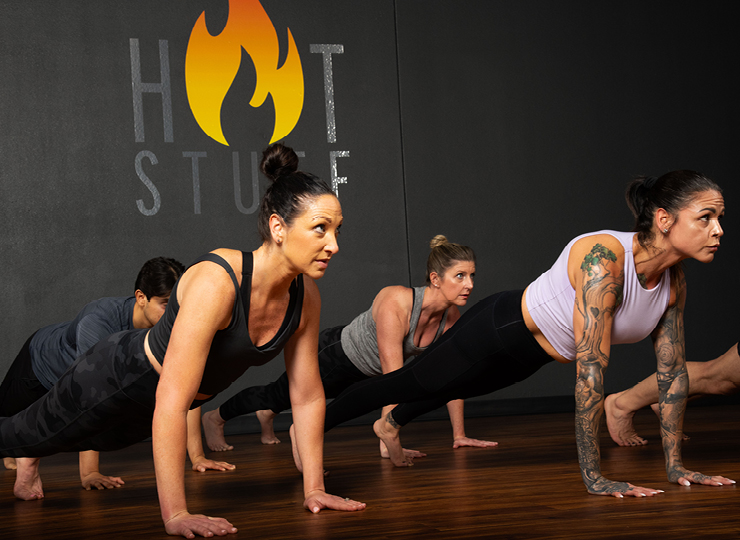
Lowers Stress Levels
Practicing yoga regularly can help you become more aware of what stresses you out and encourages self-reflection.
Deep breathing techniques, stillness, and the room’s warmth can work wonders for relaxing your body and mind.
A 2017 study published in the Journal of Mental Health revealed that a 16-week hot yoga program for physically inactive adults improved mood and reduced stress levels after just one 90-minute session.
Helps Manage Mental Health
Yoga and meditation have demonstrated efficacy in alleviating symptoms of depression, as outlined by the American Psychological Association.
A study published in Military Medicine revealed the extraordinary impact of a six-week yoga program on veterans with depression. The program significantly improved their mood, which included yoga practice, breathwork, and weekly 60-minute meditation sessions.
Another study indicated that an eight-week Bikram yoga course led to a reduction in depression symptoms among middle-aged women, specifically in terms of self-judgment, pessimism, quality of life, and cognitive function.
First Time in Hot Yoga? Here Are the Tips You Need
Hot yoga is generally safe, but it does come with some safety considerations, like any other form of exercise. Some additional risks of the hot yoga practice may include:
- Heat Intolerance/Heat Stroke: Bikram yoga can raise your core temperature to 103 degrees Fahrenheit, close to the 104-degree threshold for heat stroke. If you’re new to hot yoga, consider starting with non-heated or lower-temperature classes.
- Dehydration: With the heat and exercise, you’ll sweat a lot. Stay hydrated by drinking water or electrolytes before, during, and after your hot yoga session.
- Overstretching: The heated environment may make you feel more flexible, but be careful not to push yourself too far, which leads to overstretching and injury. Just listen to your body, and don’t push beyond your limits.
Is Hot Yoga Safe for Everyone? Insights for a Wise Decision
While hot yoga offers many benefits, it may only suit some. Here are some groups of people who should consider be more careful in hot yoga:
- Pregnant Women: The high temperatures can hurt the mother and the developing baby. Study shows that doing hot yoga while pregnant can increase the risk of neural tube defects and other possible congenital disabilities due to excessive heat exposure.
- People with Low Blood Pressure: The heat can cause a drop in blood pressure, which might be dangerous for those already suffering from low blood pressure.
- Newcomers to Yoga: If you’re new to yoga, it’s a good idea to begin with non-heated or lower-temperature classes to ease into the practice before trying hot yoga.
Practice Hot Yoga Safely
Consider these specific guidelines if you want to practice hot yoga safely and effectively. First, always listen to your body during class. Suppose you experience pain or discomfort; back off the pose or modify it. This helps prevent injury while still gaining the benefits of hot yoga.
Staying hydrated is crucial, so drink plenty of water before and during class and avoid caffeine or alcohol beforehand, as these can increase the risk of dehydration.
Using the right equipment, like a high-quality non-slip or hot yoga mat, provides better cushioning and stability on slippery surfaces.
Regular breaks during class can prevent injury and build endurance over time. If you have any injuries or medical conditions, inform your yoga instructor. They can provide modifications and support to ensure your postures are safe.
Hot yoga can also help alleviate pain and discomfort associated with aging and chronic diseases like arthritis. Physical activity improves flexibility and increases body awareness, and mindfulness meditation helps cope with pain. Consistency is important to reaping the benefits of hot yoga, so try not to miss classes.
By following these tips, you can enjoy a safe and effective hot yoga workout, maximizing its benefits without worrying about adverse side effects.
Whether you want to deepen your yoga practice or explore a new fitness challenge, hot yoga can be a transformative experience promoting holistic health. Embrace the heat, stay mindful, and enjoy the journey to a healthier you.
Join us!
Crunch’s Group Fitness Classes promote a culture of positivity, inclusivity, and fun with no judgments by providing an environment for all individuals regardless of their health and fitness goals. Find a Crunch gym near you to try our free trial membership, or join Crunch now. We’re here for you – at the gym or at home. Access the best live & on-demand workouts anytime, anywhere with Crunch+. Ready to get sweaty? Try hundreds of workouts for free! Start your free trial now!















